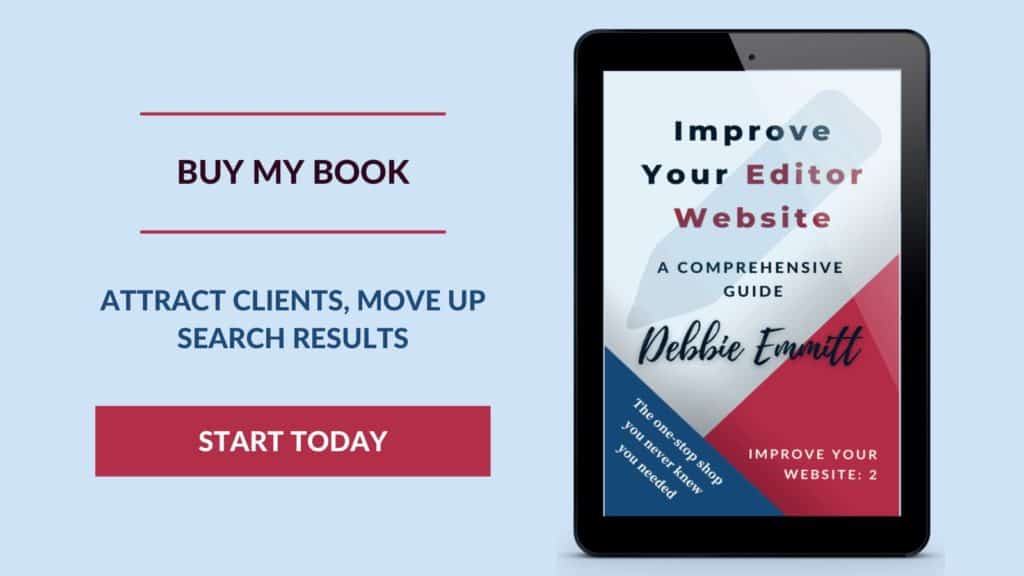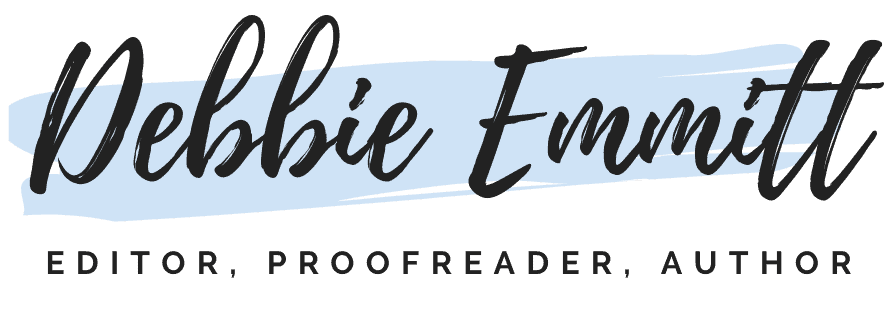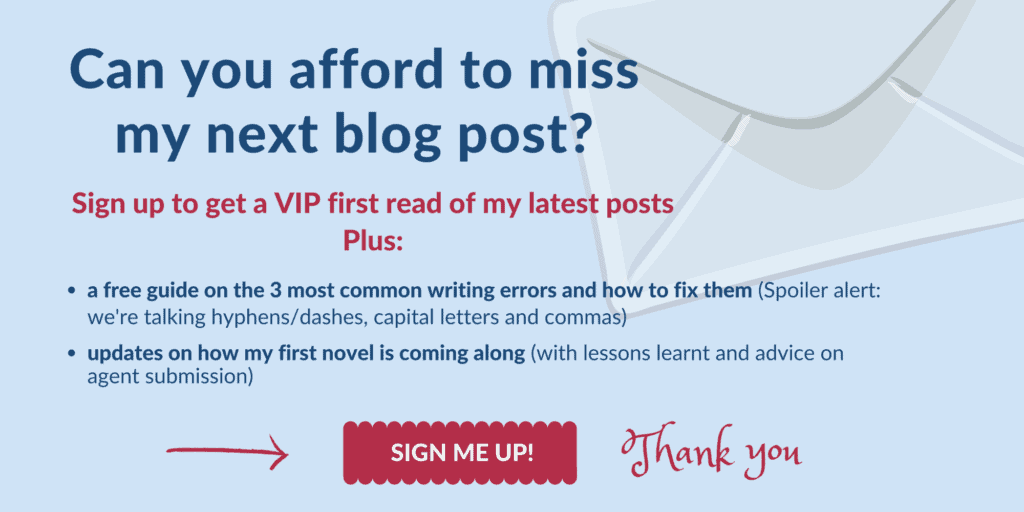
If you’re struggling to find enough hours in the day for your freelance editing business, marketing and finance tasks, website updates, self-care and more, my new approach might help.
New year, new goals. Really? This approach seems to be increasingly unpopular. I’ve been hearing more and more freelancers talk about setting intentions rather than goals.
After a mega-busy 2022, on the back of the lockdown juggling and general hamster-on-a-wheel feeling, I decided to investigate if setting intentions rather than goals was a better option for me. (Stephen Warley explains the difference well in his blog post, Stop Making Goals, Set Intentions Instead.)
Through this process, I discovered a new approach (for me, at least!) that might just help me juggle all the different hats I have to wear as a solopreneur.
During the second week of the school Christmas holidays, I worked reduced editing hours and got down to some planning. I wanted to see the forest for the trees in my freelance editing business.
Boy, do I feel better for it.
Here’s what I did in my planning session, and the solutions I have arrived at to streamline my editing business. Feel free to copy my approach in its entirety, or cherry-pick the bits you’d like to try for yourself.
1. List everything you want to fit into your life
These can be things you’re already doing as well as things you’d like to do. Organise them under headings that make sense to you.
My headings were:
- Self-care – e.g. yoga, weight-bearing exercises, walks, drink more water, meditation
- Activities that bring me joy – e.g. playing piano, reading, writing, gardening
- Business activities – e.g. editing/proofreading, monthly finances, marketing/social media, website maintenance/improvement, CPD
- Family and relationships – e.g. spending time with my kids, meals with my partner, tasks around birthdays, Christmas etc
2. Notice problem areas and sticking points
It was instantly clear from my lists that I needed to free up more time for the management and planning activities of my business – marketing, social media, analysis etc – and to work less during the school holidays.
My lists also made it clear that I don’t allow enough time for self-care at the moment. I try to fit in yoga, exercise and other activities during the working day, but with the best will in the world, it rarely works out.
3. Establish intentions
The problem areas I identified in Step 2 led me to my two intentions for the next twelve months:
- To enable more time off during school holidays next year
- To feel stronger mentally and physically
4. Sort tasks based on intentions
Next, I drew up two columns on a sheet of paper, one for each intention, and brainstormed what I needed to do to achieve my intentions. Some of these were activities from Step 1, e.g. self-care activities went into the ‘Feel stronger mentally and physically’ column.
The items in the ‘More time off’ column were things like increasing prices, creating passive income products, editing more efficiently and more.
Sort your to-dos based on your intentions. If they don't fit, chuck them! – From article: Streamlining my freelance editing business (how to fit everything in) Share on X5. Establish your business pillars
Since going full-time freelance in 2020, I have had my nose to the editing grindstone, establishing my business. Any activity that didn’t involve billable hours was sidelined or squished around paid work. Now that I was taking time out to look at my business from above, I could see that I would end up burning myself out if I continued in this way.
I have now established three business pillars to remind myself that the paid editing work is only one of a trio (and there may be more), all of which need to be given equal priority:
- Editing/proofreading (billable hours)
- Freeing up time (by improving efficiency, earning a passive income and more)
- Self-care (looking after my physical and mental health)
From now on, when I add an item to my work to-do list, I label it with one of these three pillars. If a label doesn’t fit, it isn’t something I should be doing during my working day.

6. Brainstorm solutions
Now I knew the main problem areas, what I need to spend more time doing, and my business pillars, I could start to come up with solutions. A plan was imminent!
Free up more time
To enable myself to take more time off during school holidays (one of my two intentions), I need to free up this time from an already hectic schedule. Some ideas that came out of my brainstorming were:
- increase prices
- work more efficiently (this breaks down into further solutions)
- create passive income (e.g. downloadable products)
- put school holidays for the whole year into my diary, so I can better plan my workload
Prioritise self-care
I realised that I need to prioritise all my self-care ideals if I’m going to have a hope of doing them, rather than trying to crowbar them into my working day. I can see two possible ways of doing this:
- Tagging self-care activities onto an existing element of my routine, e.g. going for a short walk at lunchtime (Sara Chodosh describes this approach really well in her article, How to trick your brain into keeping a New Year’s resolution.)
- Getting up an hour early and doing most of my self-care activities before my working day begins
Regular planning days – my a-ha moment!
I learnt about the importance of a CEO Day from the wonderful Jessica Brown, via the Editpreneurs Facebook group that she established. (If you’re an editor, I’d highly recommend joining this welcoming, supportive group!) So, I knew that I wanted to schedule at least a couple of CEO Days a year. In a nutshell, a CEO Day is ringfenced time to analyse the different elements of your business (e.g. finances, web stats, social media analytics etc) and think about how to make improvements.
However, as I looked at my list of tasks from Step 1, I realised that I need more than a CEO Day or two. I actually need regular management days (meetings with myself!) for all the different hats I wear as a solopreneur. I ended up scheduling the following analysis and planning days:
- CEO Day (two per year)
- Marketing Manager Day (six per year)
- Web Manager Day (six per year)
- Editing Manager Day (six half-days per year)
- Finance Manager Day (twelve half-days per year)
- Self-Care Manager Day (six half-days per year)
These ‘days’ may seem to be taking time away from ‘earning’ time, but most of the tasks are things I do anyway, cramming them around my editing. This is so inefficient and leads to stress. This new approach frees up more time on other days for my editing work, and allows me to fully inhabit the relevant ‘manager’ on those dedicated days. Improved efficiency, yay!
Manager Days for your freelance business could be the solution to finding time for all your tasks – From article: Streamlining my freelance editing business (how to fit everything in) Share on XI will plan what to cover on each manager day in advance, to make the most of the time I’ve allocated. I’ll also write separate blog posts for each of these manager days over the next few months as I get to know what works, in case you fancy trying out this method for yourself and need some inspiration about what to cover.
Over to you: Streamline your freelance editing business
So, that’s how my planning session went for streamlining my freelance editing business!
I’m certainly feeling more motivated about my business as a result. I’ve already held my first CEO Day (see my blog post about what to include in your CEO Day, with a free report template), and am looking forward to my Editing Manager and Finance Manager half-days at the end of the month.
If you give it a try, let me know in the comments whether it was helpful. Go for it!









Catherine MacBride
Always useful to see how other people manage their time. It really is important to work smarter rather than harder. I`m still working on my best approach but feeling more confident that I will find it.
Thanks for the blog
Cathy
Woords On The Street
Debbie Emmitt
Hi Cathy, you’re welcome! I also love discovering how other people manage their business and their time. There isn’t a single right way of doing things, but I totally agree that working smarter, not harder, is the way forward. That’s what I’m aiming for this year.
Melanie Thompson
Hi Debbie
I really like this practical approach. Not sure I could follow your “get up an hour earlier” regime, but the other things are all great ideas that I’ve tried on and off over the years. The weird thing is that putting rates up to a sensible level (i.e. what suits the marketplace you’re in) won’t necessarily enable you to work fewer hours. A project takes the time it takes. But you will definitely feel more valued, which is great for self-care.
Good luck with your plans.
Melanie (CIEP APM)
Debbie Emmitt
Hi Melanie, thanks for your comments. Yes, getting up an hour earlier is hard, and I don’t manage it every day (getting that extra hour of sleep when I need it is better for my self-care than forcing myself to do exercise and yoga!). That said, when I do get up earlier for exercise etc, it gives me an energy boost for the rest of the day!
Re. increasing rates and working fewer hours, my logic is that if I earn more during my working hours, I can schedule in more time off during the school holidays, knowing that my earnings are covering my time off. I won’t be spending less time on projects, just taking on fewer projects and still having a half-decent quality of life.